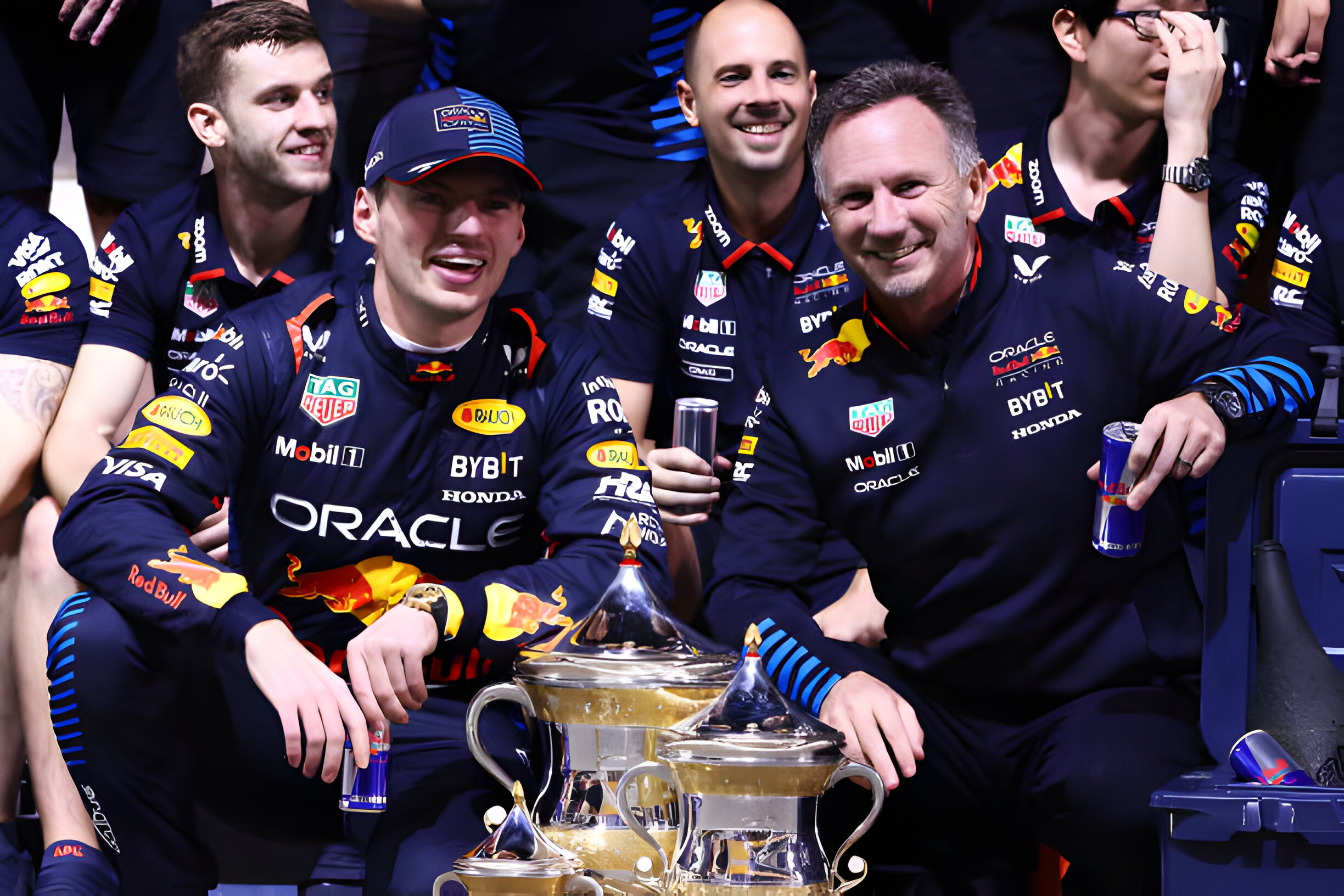Formula 1 is a sport that is constantly evolving and changing. The rules and regulations are always being updated to make the sport more competitive, safer, and sustainable. In 2022, new chassis regulations were introduced, and now, in 2026, we are on the cusp of a new era for power units. The new regulations aim to make it cheaper and more efficient to build and run F1 engines, but they may also result in slower cars on the track. Adrian Newey, Red Bull’s design guru, has expressed his concerns about the impact of these changes.
The upcoming Formula 1 power units will operate on fully sustainable fuels and generate three times the electrical power of the current engines. The cost of expensive components such as the MGU-H (Motor Generator Unit, Heat) and standard parts has decreased, increasing the appeal for Audi, Honda, and Ford to join or return to the sport. Moreover, these engines will produce over 1,000 horsepower while utilizing significantly less fuel than before. These changes are unequivocally beneficial for both the environment and suppliers' finances. Despite this, Newey believes that this could lead to F1 cars being slower than ever before.
Newey has commented that the upcoming 2026 regulations will likely result in cars being significantly slower due to restricted downforce. He explains that allowing unlimited development would result in F1 cars becoming hazardous "rocket ships" that could cause tire problems due to extreme loads. Therefore, the current generation of F1 cars may maintain their position as the fastest for some time to come. The proposed rules for 2026 could impede the advancement of speed and downforce, while safety regulations may prevent teams from creating the fastest car possible.
The need for improved safety has played a significant role in the gradual increase in top speed over the years. Keke Rosberg set an average lap record of 259.01km/h (160.94mph) at Silverstone in 1985, which stood for 19 years until Juan Pablo Montoya broke it with an average speed of 259.83 km/h (161.451mph) during qualifying for the 2004 Italian Grand Prix. Kimi Räikkönen achieved a new record of 263.586km/h (163.785mph) at Monza in 2018, which Lewis Hamilton then surpassed with an average of 264.362km/h (164.267mph) in 2020.
However, the fastest top speed ever achieved during a race belongs to Valtteri Bottas, who reached 372.5km/h (231.4mph) at the 2016 Mexican Grand Prix. It is unlikely that we will see these kinds of speeds again if Newey’s predictions are correct.
Some see these regulations as a positive change for the sport. FIA President, Mohammed Ben Sulayem, believes that this is a crucial step towards sustainability and innovation in F1 and that these new regulations are necessary to help tackle climate change.
Another potential positive outcome of these changes is that they may encourage more manufacturers to join the sport. The lower costs associated with building and running the new power units could make F1 more attractive to car manufacturers who have been reluctant to enter the sport due to high costs. This, in turn, may lead to increased competition, which could make for more exciting races and help to attract new fans to the sport.
In conclusion, the new regulations set to be introduced in 2026 will bring significant changes to F1. The new power units running on fully sustainable fuels and providing three times more electrical power will benefit the environment and suppliers. However, there are concerns that these changes may result in slower cars due to restrictions on development and safety regulations. While some believe that these changes will negatively impact the sport's competitiveness, others see them as a positive step towards sustainability and innovation in F1. Only time will tell how these changes will affect the sport and its fans.
FORMULA1
News
F1 2026: A New Era of Power Units and Slower Cars?
With the new regulations set to be introduced in 2026, F1 cars will run on fully sustainable fuels and have three times the electrical power, but Adrian Newey predicts that they will be significantly slower.
31 May, 02:02
2 years ago
Author:
Racing Union

Source:
Motorsport - Adrian Newey
More articles:

F1 2025 Car Launches: Complete Guide
11 months ago
Racing Union

Hamilton's Upcoming Ferrari F1 Car Test
11 months ago
Racing Union

F1 Australian Grand Prix 2024: Weather Conditions in Melbourne
1 year ago
Racing Union

Leclerc Praises Bearman's Impressive F1 Debut
1 year ago
Racing Union

Max Verstappen's Future at Red Bull
1 year ago
Racing Union